What to expect, how to get there. Zeljava Air base visit – Objekat 505
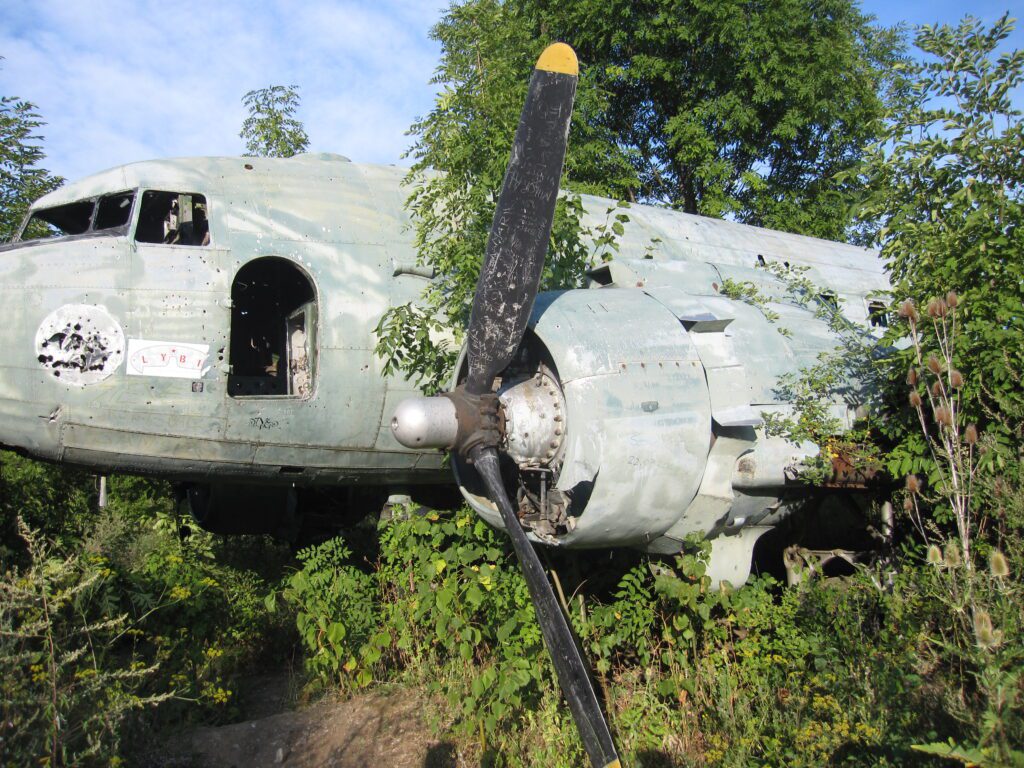
Background
The main reason for heading up to the Plitvička National Park again (Jajce Jezero), was not this time to visit those beautiful lakes, which bring most tourists to the area.
My research for interesting things to see on our travels, had caused me to stumble upon the abandoned top secret airbase at Željava. Some of which is on the Croatian side, the rest spans the border of Bosnia and Herzegovina. We were going to have a look around.

Having seen the lakes and tourist crowds a year ago, we decided to fore go the experience again.
We planned the day such that the bio-in-laws, would disappear in the morning to the lakes, Cassie was desperate to join them so went to show them around. Then if they returned in time they would join Wendy and myself to visit Željava to try and find the secret base! As it goes they did return and three of us disappeared to find the base. Cassie stayed at camp with Carole.
We had spent the morning tidying up the car and catching up on what would be best described as administrative tasks. Oh, I also spent the morning superglue’ing the rear indicator lens back together, from two million pieces in the grass…

From our campsite across the valley we could see mount Plitvička and mount Gola which hid Zeljava from us, the summit is home to modern radio masts, probably cellular these days.
Being over looked by this helped build up the anticipation for me, we had been longing to do something different since Mont Saccarel in Italy. We don’t like to do what the normal tourist crowd does!
We did not manage to get to the top of the hill to explore, although I had a gps track to find our way. I believe during the period that the base was in use, the mountain over the airbase housed a radar warning system which was part of a network for Yugoslavia, this formed a early warning system for the airspace around Yugoslavia similar to NORAD.
Regardless of what was now at the top, it would have been nice to explore, and it probably would have provided great views of the base, back to the camp and also over Bosnia and Herzegovina.
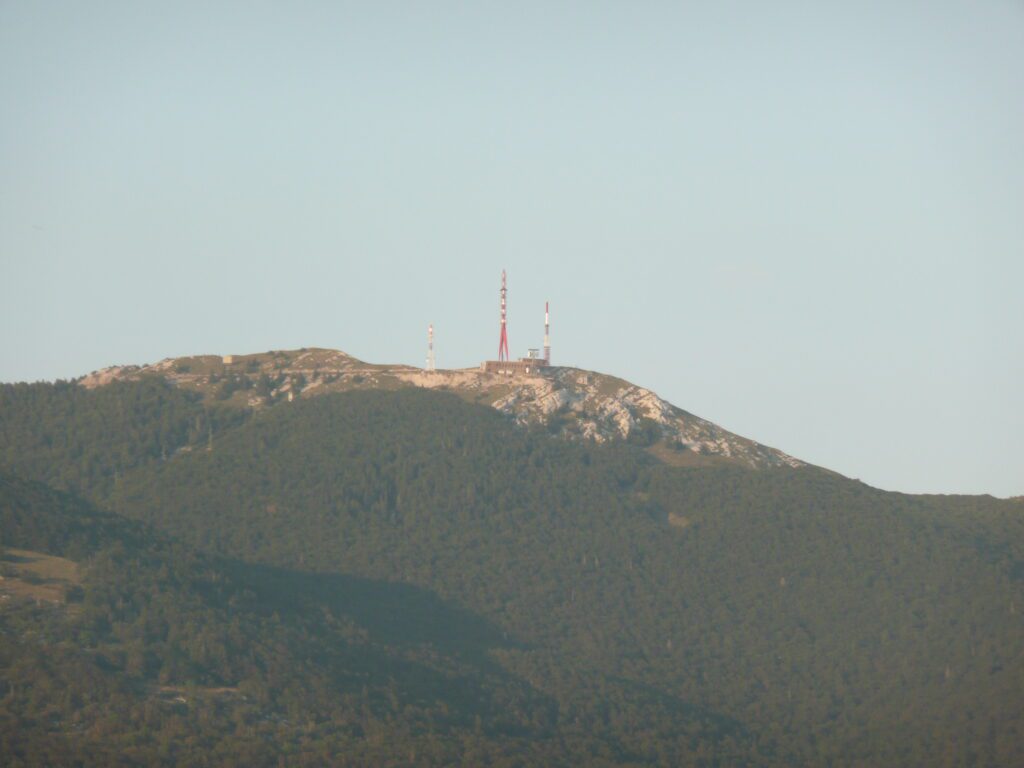

On the net there is a lot of interest around military bases and sites, Zeljava is no different. It did not take long to establish it’s location months before we departed the UK. I did have to do a bit of detective work though.
I used google earth to verify and then generated a waypoint for the GPS. As I also had 1:200k maps of the area from our last visit, I drew a box around the area and highlighted it so I could find it during the trip.
Before we departed the UK, I had been to Stanford Maps in London looking for more detailed maps, I would have preferred 1:50k or 1:25k, but they had nothing better than I had. I also had a look on the Internet for a source but was not successful, I don’t know if such detailed maps are produced for the area? Perhaps not for walkers, I guess the land mine risk is still very real, I expect military maps do exist thou, in fact I have seen extracts of Military maps, so am sure they exist, but not how to get them.
If you know a source of maps please leave a comment or something.
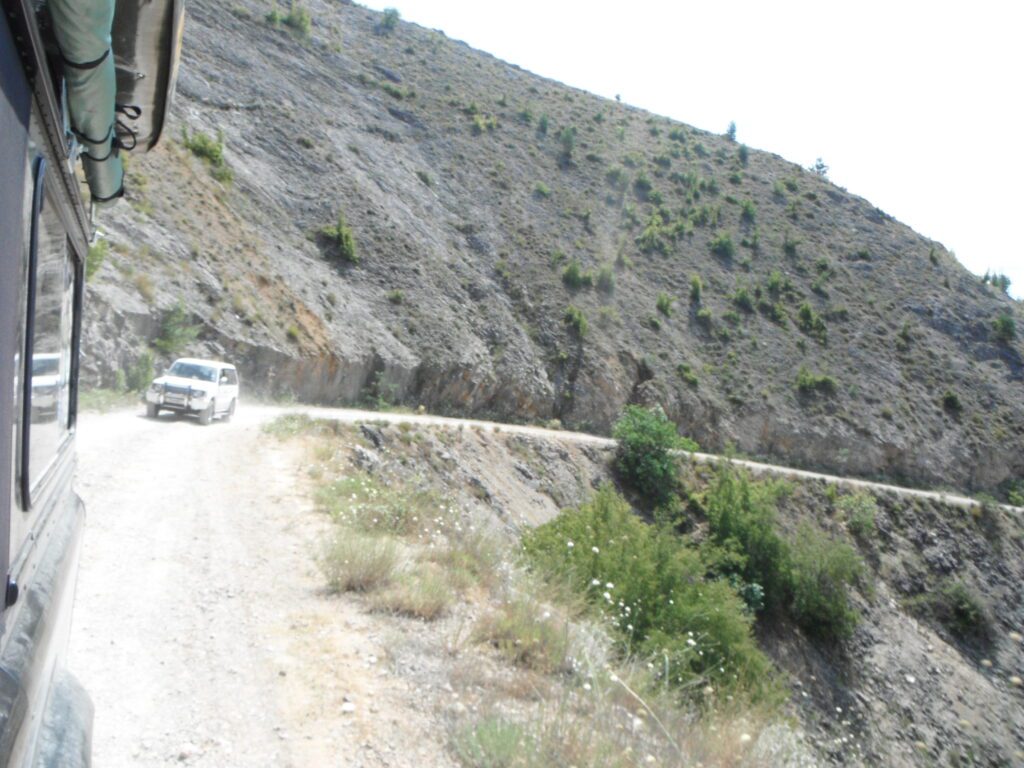
Getting to the Plitvička area had been a great drive the previous day, although it was slow. I set the GPS to go via a couple of minor towns along the border area, and also set it to minor and un-paved roads, avoiding highways and major roads. Hoping to stay of the main drags and in areas of interest.
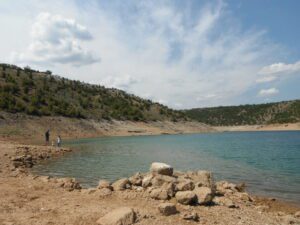
Oh how the route impressed us, we went through tiny habitations and along mostly single carrage roads were the Tarmac barely remained. One section saw us follow about 20 km along a gravel route to a lake, I think the people there before us had stayed the night, it was a watering hole for a horse trek also.
Had we been on our own I think we would have stayed the night. At the exit of this track we took the oppurtunity to stop at a sign that said “Med”, which is honey.
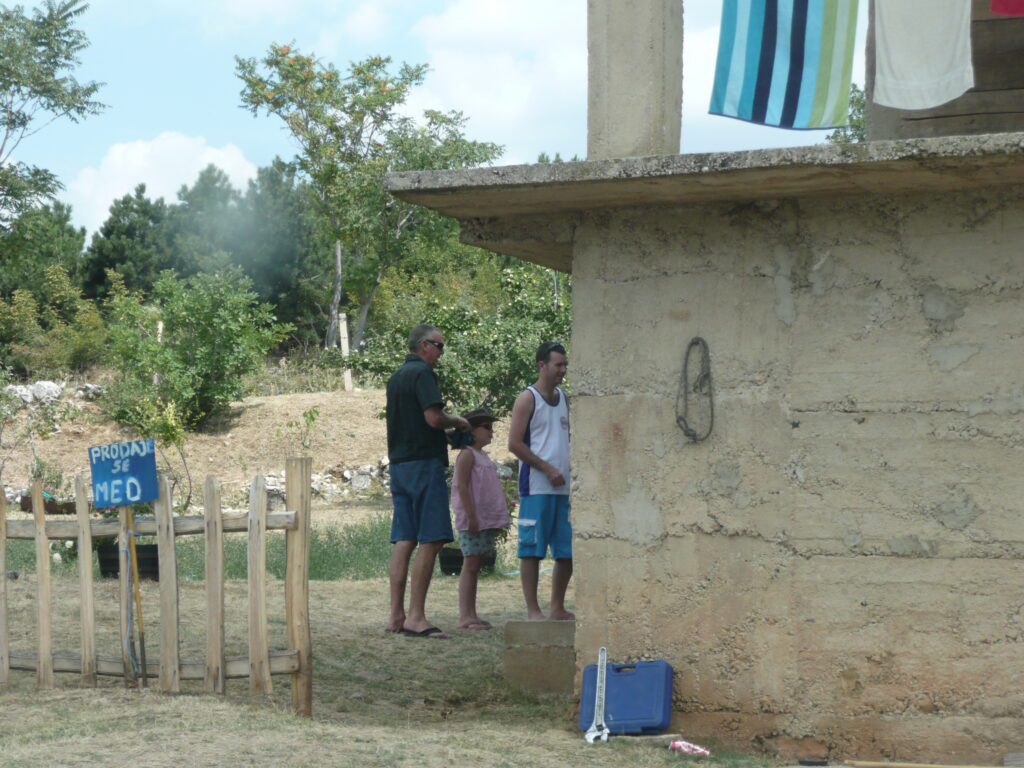
The locals sell their honey, local plum brandy known as Rijeka and often wine, being tourists, they took the oppurtunity to sell us the golden delight at a much inflated rate, not speaking Croation meant we had little choice, but to either except or move on. Needless to say we choose the former, two gigantic jars of Honey for 150 Kuna. Working out the price I have no idea how we got to it, when we did not understand the man, he just shouted louder! Our indications to write it in the dirt got lost in translation. Oh well we leave richer.
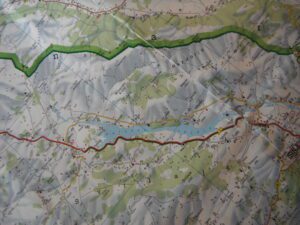
Later on the route took us along routes that over looked Bosnia and Herzegovina, where we could see old border walls from the conflict, deserted habitations and bullet ridden houses, signs for mines are still a fairly common sight and leave otherwise beautiful land abandoned.
Croatia has always struck me as a country of contrast, in respect to redevelopment post conflict. The coast is very built up and apparently affluent, were as if you head inland, there are still areas were buildings are derelict and bare the bullet scares of the war. The people on the coast are mostly involved in some way with tourism, the people inland are hard working farmers and manual workers. They look honest and interesting, I wish I could converse with them.
Zeljava History – Objekat 505
Thanks to the net there is a lot of information available about the history of the base. It’s construction was started around 1948, at the time it was known as Objekat 505. The actual pooring of the concrete is in some of the info I read is supposed to have started a few year later in the 50’s. Construction was finished around 1968. On completion it was given the name “Klek” and had a military post cost of 4868, to reflect the start and finish years.
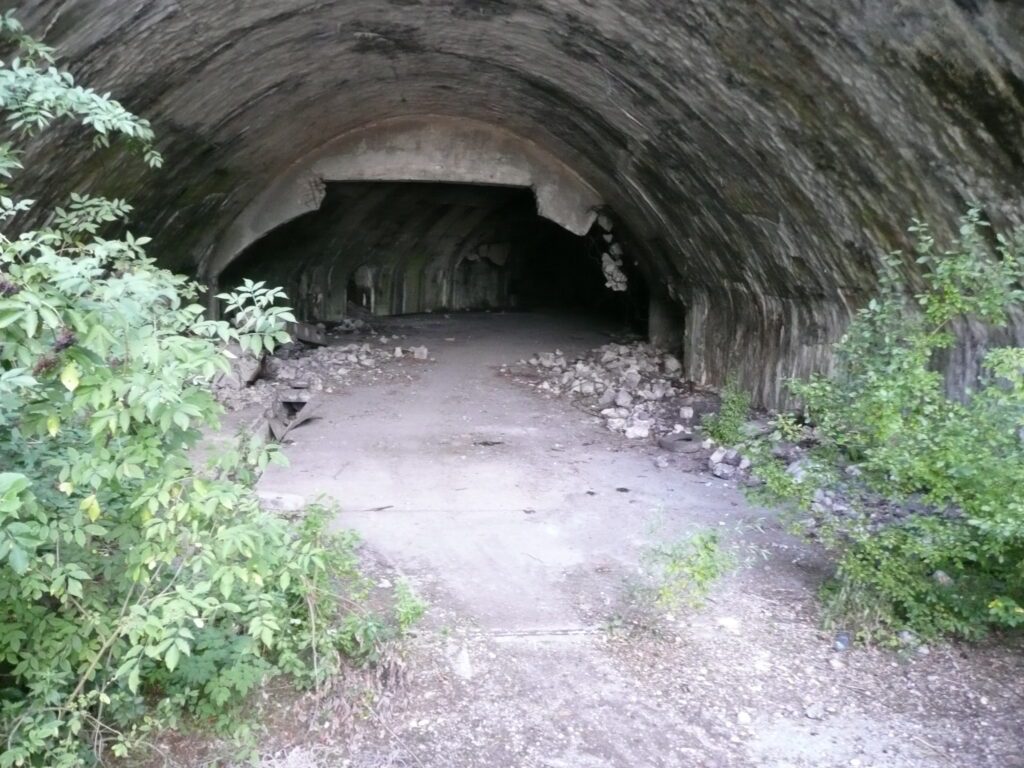
The design of the base is such that the tunnels are semicircular, and big enough to allow fighter jets to enter, the tunnels are about two jets wide. When the tunnels were constructed they had positions for explosives to be placed, such that detonation would cause the facility to become unusable. The entrance to the tunnel is shaped to allow the tail of the aircraft to enter the tunnel like an upside down “T”shape, these could be blocked by 1 meter thick pressurised doors.
The internal sections of the base are designed to withstand a 20 kilo-tonne nuclear bomb. Which I have read is equivalent to the nagashima bomb, in Japan during world war two. As you would expect being able to withstand such a blast would imply that the doors would have to be kept shut. The base internally had generators, fuel storage, waste storage and water. The most important facilities were all located in the tunnels, with a mess room capable of seating 1000 people. Fuel was piped from storage tanks located 10 to 20 km away in a mountain in Bosnia.
Above the main tunnels in the mountain, accessed by elevator only from inside the tunnels, was a room that was used for strategic planning and by the operators of the early warning radar system.
The base was in use until the 1990’s and at one stage was looked at with a view to modernisation around the late 1970’s. When it was first built it is said to have cost some where between 4 and 6 billion US dollars. Apparently the funding came from the world bank and was secured for development of communication routes (motorways and roads) in the former Yugoslavia. The construction was carried out by a Serbian firm.
In the end, during the conflict it was the Yugoslav Peoples Army (JNA) who detonated the pre-prepared explosives for distruction of the base on there retreat. I guess the base would have been rather useful to advancing forces. Later there was further distraction of the base using 56 tonnes of explosives, by the military of Serbian Krajina, this was carried out in 1995. Articles on the web site locals as saying that the force shock local towns like an earth quake and that the tunnels smoked for 6 months.
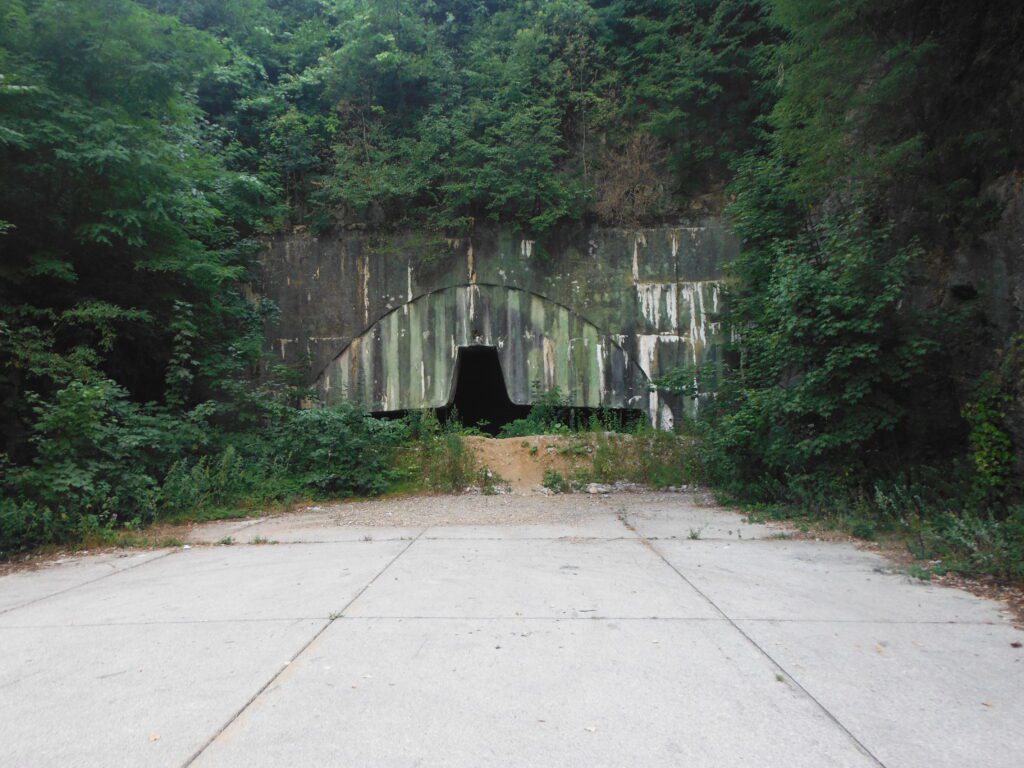
External to the tunnels there are five runways on the base three lead straight into tunnels. The last two were used for other aircraft to land. The total area I’d the base was on the order of 9km by 4km.
Ordinarily staff at the base lived in the town of Bihać, which is in Bosnia now, this was the nearest city. I have read on one site that there was a dedicated bus service between Bihać and the base for staff to commute.
Our Visit
From the Croatian side of the airbase comming from the Plitvička national park there is only really one way to get to the base by road. In order to this your arrival is via the small village of Zeljava, which seemed almost empty save for a few dozen people who live in the houses.
Between the village and the base are various buildings that appear to be abandoned almost deralict in some cases. Shortly after the village on the main road on the left you pass gates, behind which it is possible to glimpse an old military plane. It is possible to see how cars have avoided the closed gates and damaged fence, to make there own path to the road behind the gates. Where it eventually leads who knows.
We continued past the planes to the find the rest of the base, about 1 kilometre further, we came across what was our first sign of more to be seen. Buildings hidden on the right by trees, this time of the year the dense trees and shrubs provide good cover for the buildings and relics hidden around the base. We cut off the main approach road, to explore what appear to be vehicle maintenance or facility areas. We abandoned the car at this stage choosing instead to explore by foot.
Proceeding towards the runway areas south east from where we were brought us via vehicle inspection ramps to another open area, that we were not sure of the use of, but it was littered with hydraulic hoses and metal scraps, there were various bullet ridden sign posts and behind the trees, what looked like a discarded bomb, that was not / had not detonated.
We continued towards the end of what was runway 4 and runway 3, which meet at the what looks like an apron, prior to the entrances to the tunnels 1 & 2. Turning right, past another mine warning, the open apron gives way to the approach to the tunnels, which was almost claustrophobic with the tree cover that was slowly reclaiming the base, making it feel close. As you approach the tunnel entrance you feel that there is something watching you. All the time listening to rustling and noises in the trees,never being able to identify what the source was. Eventually we knew we were close by the wall of cold air that hit us, emerging from the tunnels.

Shortly before the tunnel entrance we noticed a strange metal object that although half complete looks like a soldier or guards metal hat.
The tunnel mouth although visible is obscured on the lower half by a mount of dirt that has been placed to prevent people taking vehicles into the tunnels. Entrance by foot is possible, having no torches or breathing equipment we choose to avoid this option on this occasion, instead staring into the dim light. We chose to avoid entrance because of a report I had read warning of toxic chemicals in the dust and potentially radio active waste from the fire detection equipment that was unaccounted for. Appart from this entry is fairly hazardous due to the unstable nature, but probably would not have prevented us if we had not been fortunate enough to read the report (available in the site links below)
After this we went on to explore tunnel entrance two, but were interrupted by the sudden noise of several 4×4’s at first we were unsure of the nature of these vehicles, as I had previously read of border police being sensitive in this area, probably because of the unguarded border to Bosnia and Herzegovina. Luckily the vehicles turned out to be civilians tourists. With this we recovered our vehicle.
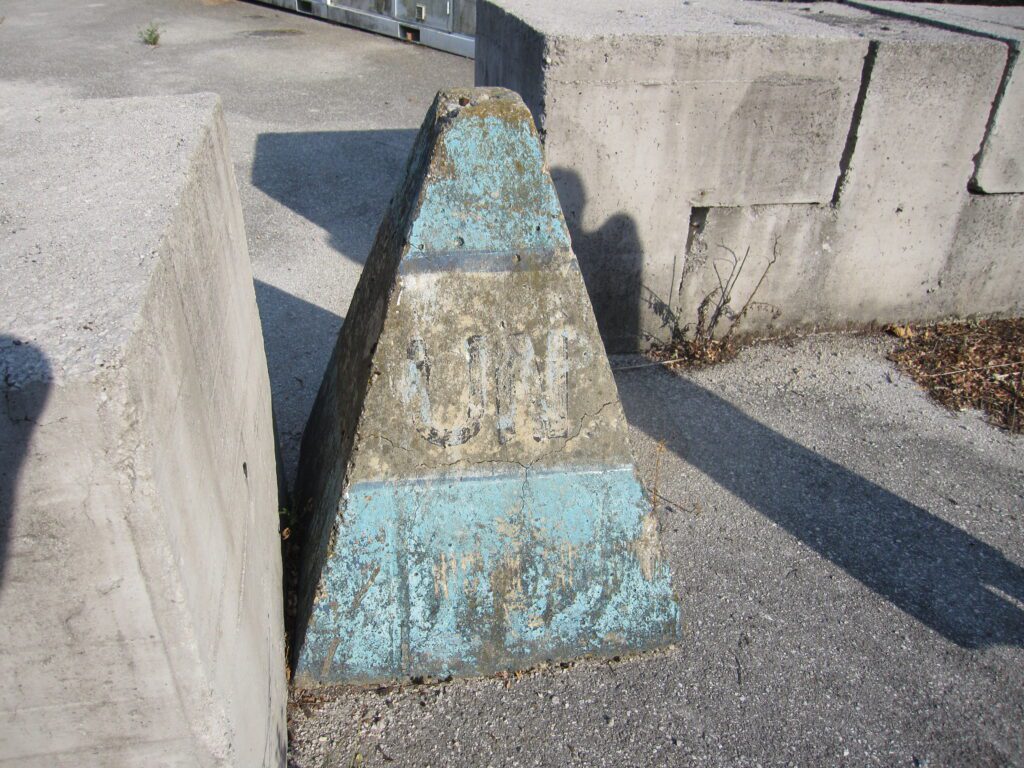
We returned back with the vehicle to explore the remaining section beyond the apron towards the unmanned Bosnian border, along the approach we passed various buildings for fire and parking areas. In one area, we came across the remains of a military vehicle minus the chassis and engine on its side. This looked like it had been hit by something, judging by the holes in the body. Not sure what it was used for thou. Along the road we came across spent bullet shells.
We proceeded further to the border, where we came across an eyry owl, that was remarkably tame. Was this some kind of sinister warning? After taking some film we stopped at the UN border barrier for some photos, before making our way out.
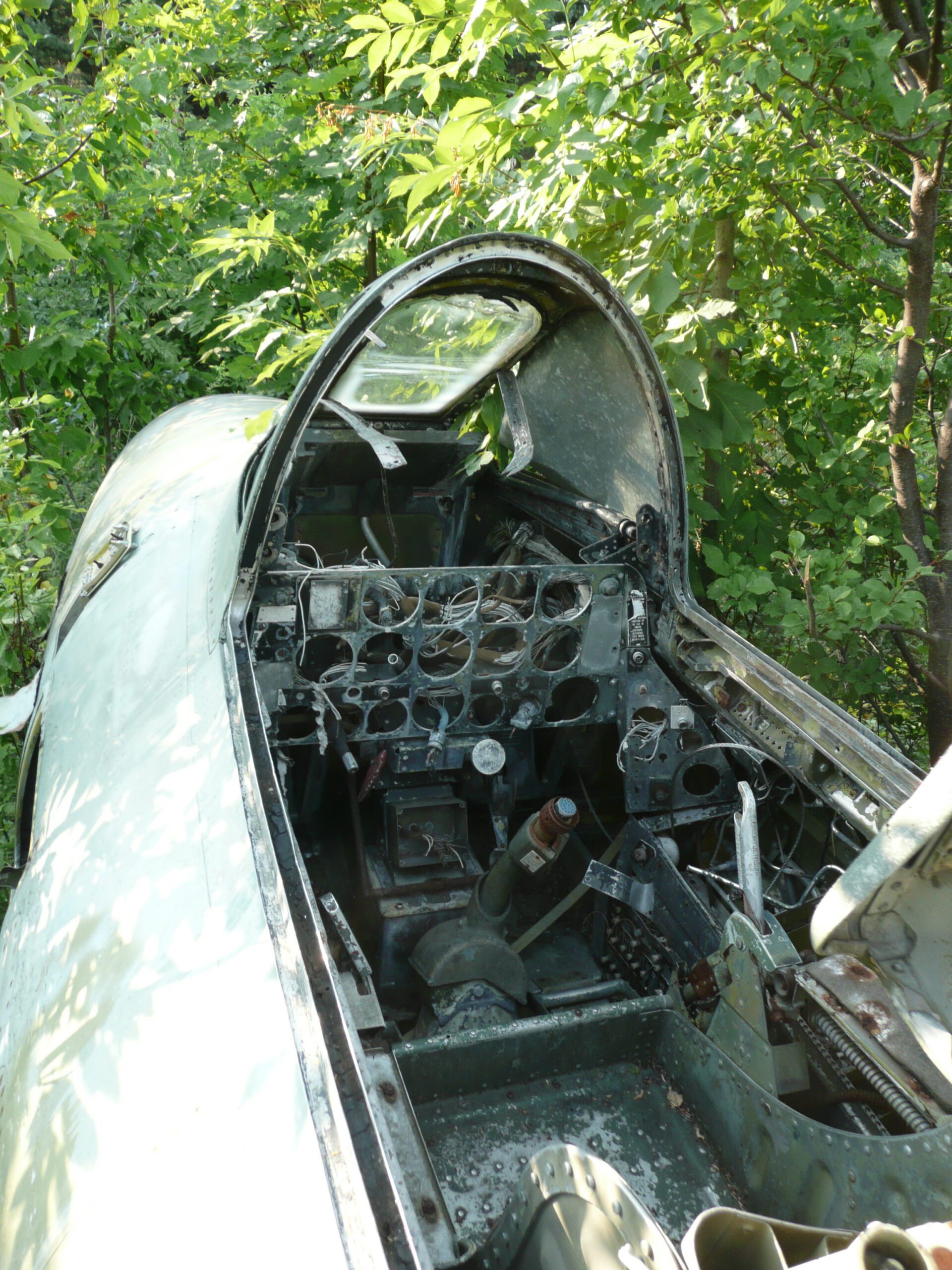
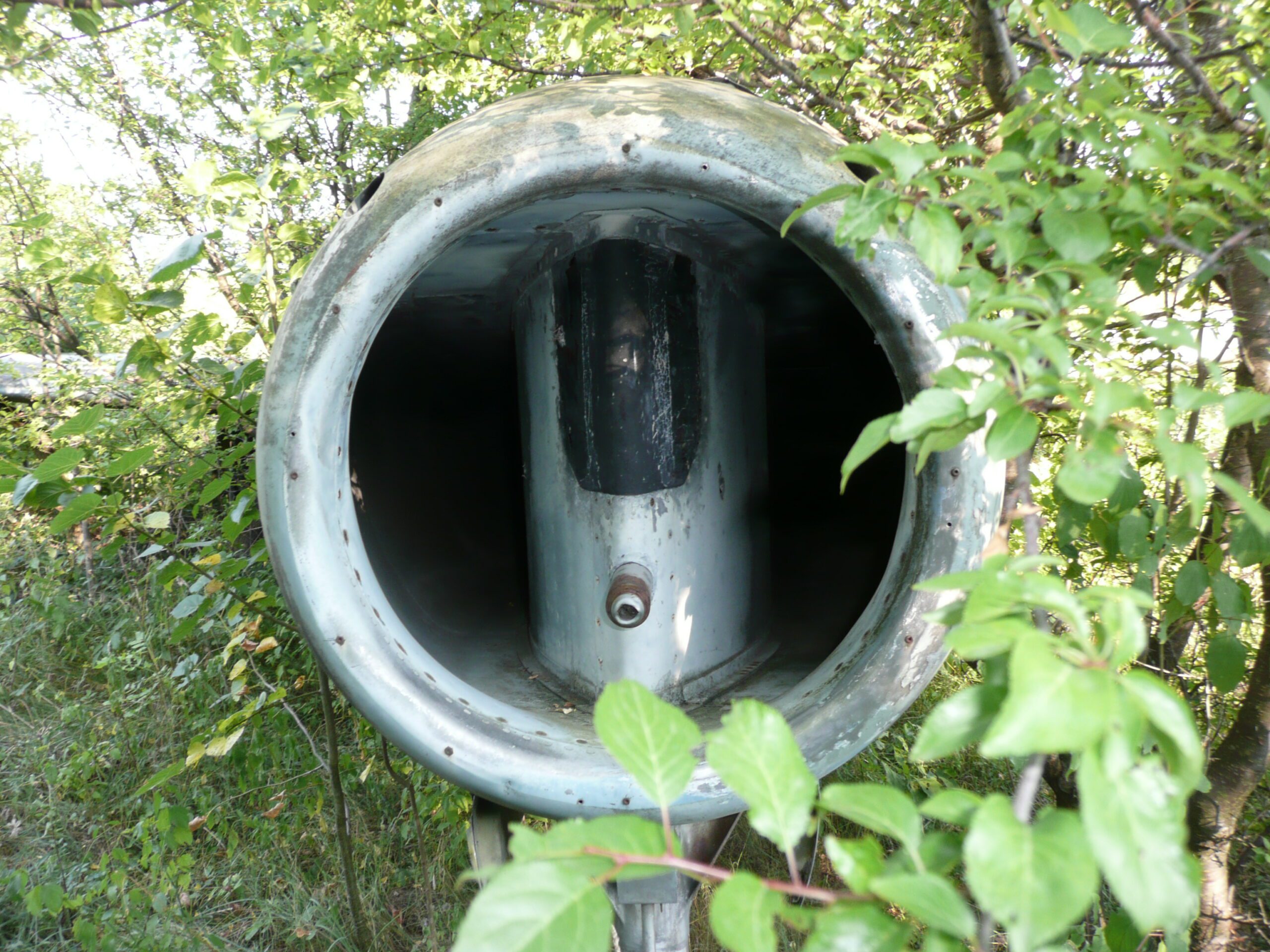


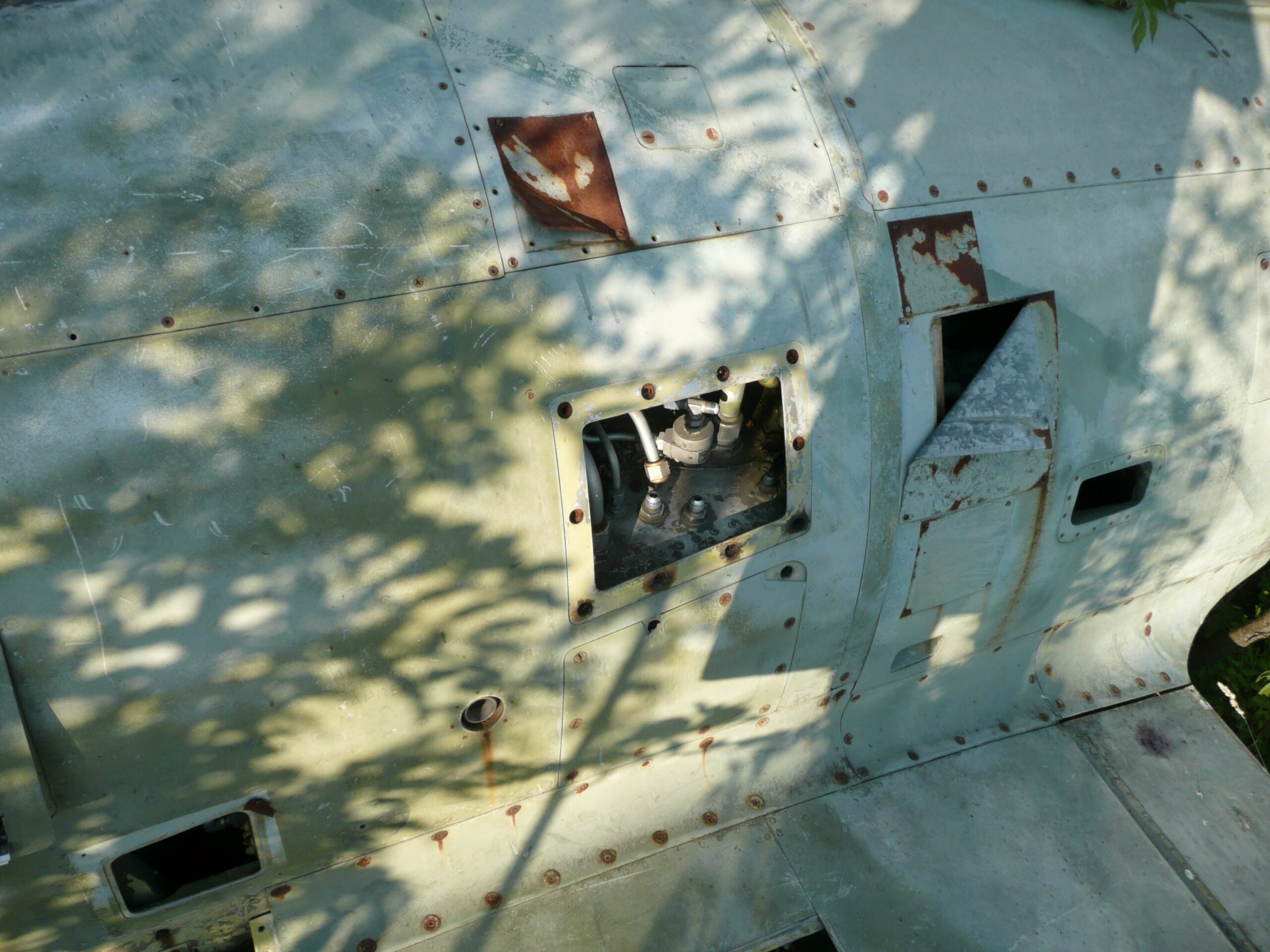
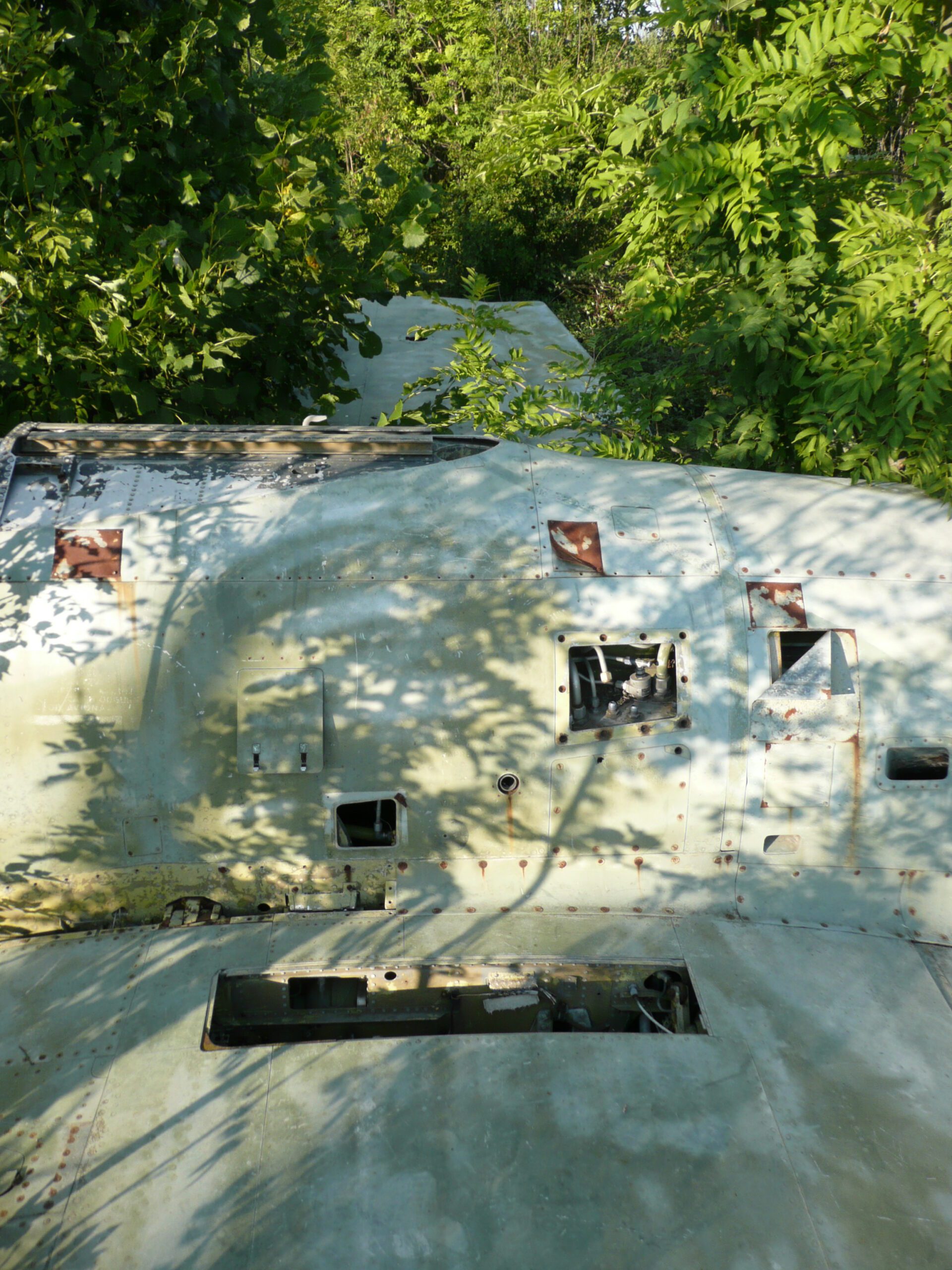









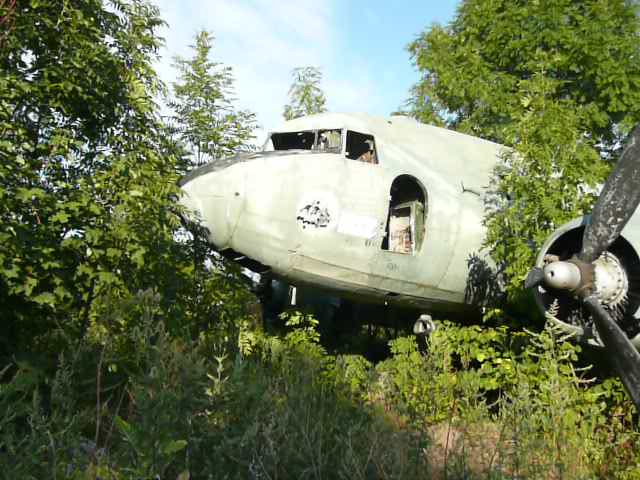
On the way out we wanted to look at the abandoned aircraft near the base entrance. These turned out to be a DC-3 and two F-84 fighters, I was not able to work out the exact type. But they proved an interesting addition to the visit.
How to Get to Željava – Objekat 505
Getting to the Željava base is pretty easy, it is on google maps and will take you about 20 to 30 minutes from Plitvička National Park. Get directions here.
References / More Information
I found most of the info I wanted by following links out of Wikipedia and Željava Lybi.